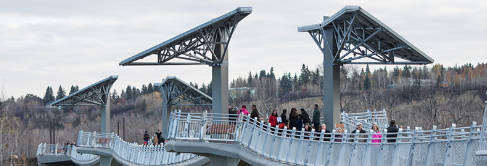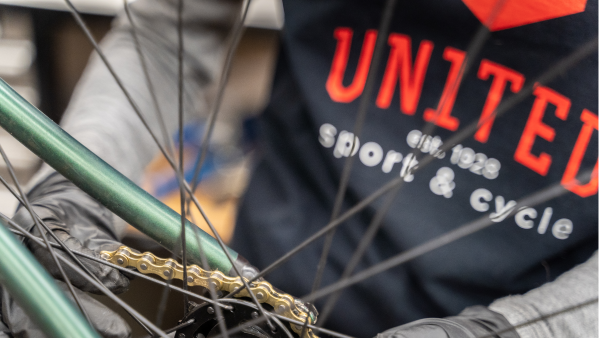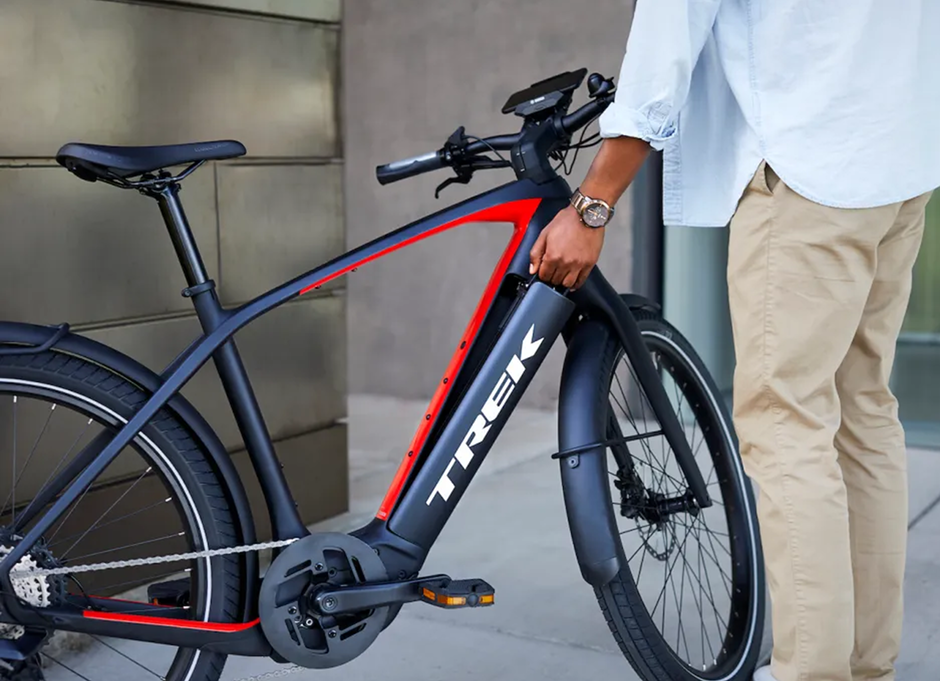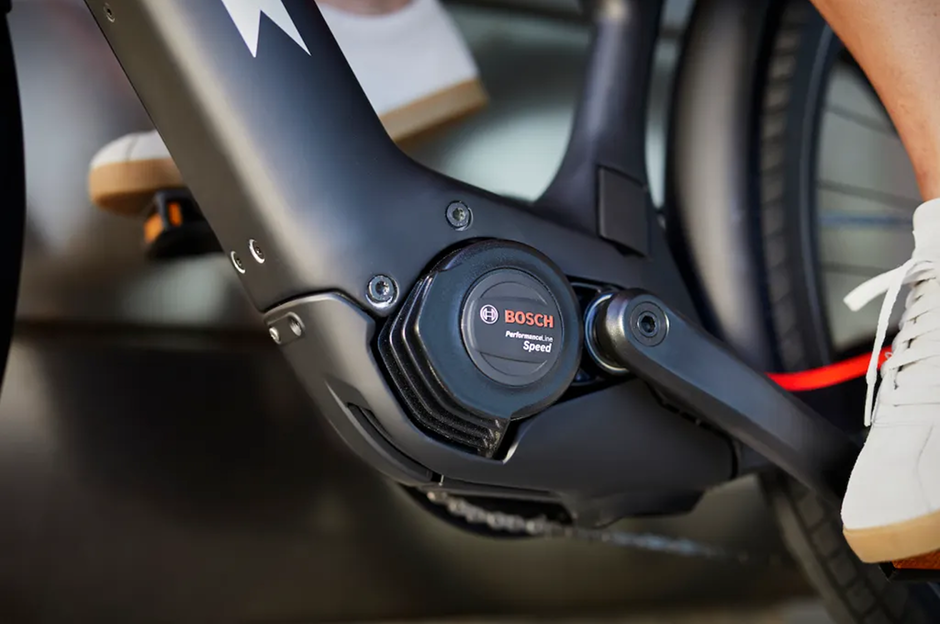Servicing Disclaimer:
The suggested solution below is for experienced individuals with proper tools. We encourage anyone who is inexperienced with bike maintenance to contact a local bike servicing professional. Brakes are a critical safety component of your bicycle, and need to operate properly to ensure you avoid accidents or injury.
United Sport and Cycle has a team of trained, highly experienced bike mechanics. Please view our tune up packages or drop your bike off for a free inspection. You can also shop all our bike DIY products.
How to Inspect Your Bike Brakes
Brake problems are often quickly noticeable. If you have to squeeze extremely hard to brake, if they’re slipping, noisy or pressing unevenly, you should service your brakes immediately. Below are the most common causes of poor braking performance.
Brake pad wear
Bicycle brakes operate by compressing rubber pads against the wheel braking surface, or by compressing brake pads on rotors, and over time these brake pads can wear down. As this happens, they will become less effective.
How to tell if your brake pads need replacing:
- Uneven wear: If one pad is smaller than the other, you should replace your pads and also have your brakes calibrated, as they should wear evenly.
- Unusual sound: Once the pads get worn low enough, they may start to make a noise, this is designed intentionally to notify the rider the pads are worn out. For hydraulic disc brakes, a high-pitched howl when braking in the dry can indicate worn out pads.
- Wear line: Many rim brake pads have an indicator line to show the rider that they need replacing. Rubber pads can get shiny and extra hard to the touch, indicating they have lost much of their braking capacity.
- Vibrating: If when you’re braking you feel a vibration, this is often a sign that the brakes are spent or misaligned, causing a pulsation while braking.
Replacing a brake pad is a simple process, but needs to be done with care. Removing the brake calipers, you can easily replace the pads with new ones. After changing pads, be sure that your calipers are set correctly and evenly on your bike. Be sure to test your brakes thoroughly before you take your bike on the road.
Brake cable tension
There has to be a proper tension on your brake cables to engage your brake calipers effectively. If the cables are too loose, the brakes may not fully engage, reducing the effectiveness no matter how hard you squeeze. Many brake systems allow you to adjust the tension using the barrel adjuster on the brake lever or caliper.
Damage to brakes, calipers or rims
If your brakes feel weak, it may indicate the brake rotor, lever, caliper or the wheel rim itself is damaged. Inspect these elements for dents, warping or damage, and they will likely need replacement parts if so. These can sometimes be more difficult to spot and may require a professional eye to spot. United provides free inspections, so visit our Edmonton location if you want an experienced eye to help.
We can’t stress enough the importance of properly functioning brakes. We hope this information helps you keep your bike running safely, and know that we’re always here to help if you have questions.







